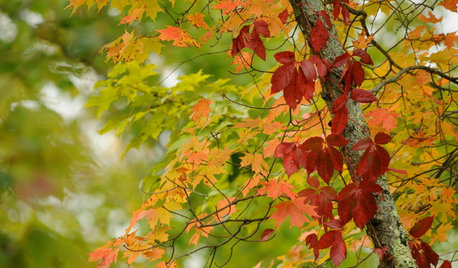Lifespan of an apios americana tuber?
wild_forager
14 years ago
Related Stories

FLOWERS AND PLANTSEvoke the Mid-Atlantic’s Indigenous Landscape With These 7 Vines
Use these natives to fill gaps, create a shady cover or add a vertical element
Full StorySponsored






agrigirl
agrigirl
Related Professionals
Arlington Landscape Architects & Landscape Designers · Lake Oswego Landscape Architects & Landscape Designers · Taylorsville Landscape Architects & Landscape Designers · Stoughton Landscape Contractors · Coeur d'Alene Landscape Contractors · Framingham Landscape Contractors · Huntington Landscape Contractors · McLean Landscape Contractors · Rockwall Landscape Contractors · Chicago Ridge Landscape Contractors · Golden Valley Landscape Contractors · Chicago Decks, Patios & Outdoor Enclosures · Detroit Decks, Patios & Outdoor Enclosures · Gastonia Decks, Patios & Outdoor Enclosures · Miami Decks, Patios & Outdoor Enclosureswild_foragerOriginal Author
agrigirl
happyday
don_in_ct
agrigirl
wild_foragerOriginal Author
tkopari